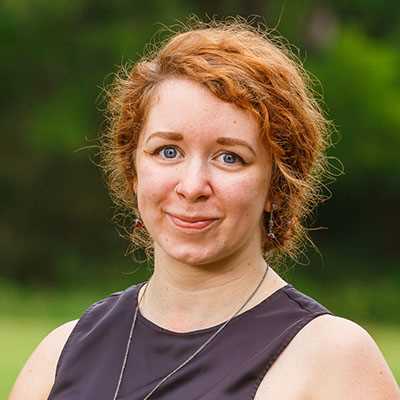Texas Water Resources Institute’s (TWRI) Dr. Lucas Gregory and Dr. John Tracy recently gave presentations on TWRI research at the annual water resources conference held by the Universities Council on Water Resources (UCOWR) and the National Institutes for Water Resources (NIWR) in Snowbird, Utah.
UCOWR, a consortium focused on water resources research, education and outreach, helps universities and their partners address water resources challenges. NIWR is made up of the university-based centers established by the Federal Water Resources Research Act and helps with research and training on water resources issues.
The June conference featured presentations about a variety of environmental and social water resources challenges and solutions.
As part of the Bacteria Sources, Fate and Transport in Aquatic Systems session, TWRI senior research scientist Gregory presented his work on the occurrence of E. coli in soil in minimally impacted catchments. Minimally impacted catchments are sites that have been managed to exclude anthropogenic sources of E. coli, like humans and livestock, leaving only natural sources like wildlife, Gregory said.
In spite of this management, Gregory said sometimes sources of E. coli still can’t be prevented. Livestock and wildlife can wander into places they aren’t wanted, increasing the presence of E. coli. “Transmission vectors are likely responsible for moving one source of E. coli from place to place — for example, coyotes can consume E. coli in one place and deposit in another,” he said.
At the technical session on groundwater, TWRI director Tracy presented the causes and impacts of groundwater depletion, using examples from aquifer case studies across the western United States. About 65 percent of U.S. groundwater withdrawals are used for irrigating croplands, Tracy said, and in some more arid areas, that number can reach over 90 percent. In these regions, the use of groundwater often far exceeds the rate at which groundwater is naturally replenished. That groundwater depletion has serious consequences, ranging from the loss of long-term water supply to the shifting and subsidence of land when groundwater is extracted.
In addition to the presentations, the conference also included several field trips to some of Snowbird’s interesting locales.
One such field trip was to the Wasatch drain tunnel. Originally created for mining, the tunnel in Snowbird’s mountains was turned into a water collection and treatment plant in the 1980s. The tunnel allows Salt Lake County Service Area #3 to take advantage of water that naturally flows through the tunnel to provide drinking water and create snow for the Snowbird ski resort.
The Texas A&M University System was well represented at the conference. In addition to Gregory and Tracy, there were also presentations by 10 other researchers from Texas A&M AgriLife, Texas A&M University, Texas A&M University-Kingsville, West Texas A&M University and Texas A&M International University.


